What does ‘Whole Systems’ mean for rail?
Now that is a good question – and one I will admit I probably could not answer a month ago. Fortunately, over the last few weeks, RIA has held a series of events looking at the importance of a ‘whole systems approach’ for the rail industry, what that might look like and the innovative projects or solutions to achieve it.
This is a particularly pertinent question given the fundamental changes the industry is set to embark on following the
Williams-Shapps Plan for Rail. The White Paper in fact highlights there is a lack of joined up thinking right across the industry, saying: ‘Almost a decade ago the McNulty Review highlighted the lack of whole system thinking and adversarial relationships as key reasons for high costs, poor value and inefficiency in the rail sector.’
So for this edition, we have shared a quick overview of what a whole systems approach would mean for rail. With an expert contribution from HS1’s Dyan Crowther, we take a look at some of the innovative projects going on in this space.
Why innovation must avoid creating confusion.
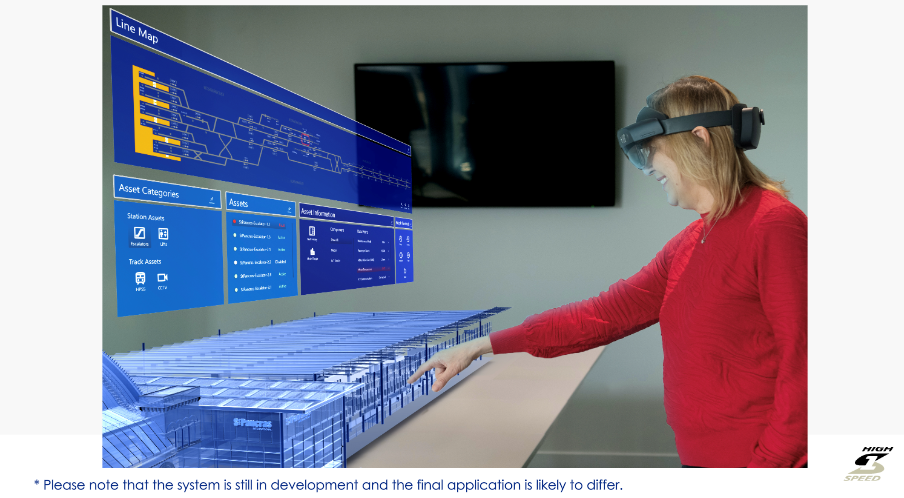
Setting the scene for our recent Unlocking Innovation events was
High Speed One Chief Executive Dyan Crowther. For ‘non-techies' like myself, Dyan helpfully provided a clear outline for what whole systems means for our industry. She argued that, as a sector, we need to view rail as one whole system of different systems, all of which must work together.
[Image left - Dyan demonstrating HS1's line map AR.]
She explained that throughout her time in the industry, she has witnessed many good innovations but also many “pet projects” – that is to say, buying a new asset or piece of technology which doesn’t fit with the rest of the rail system.
There is a huge range of new technology and kit that needs to work with existing infrastructure, but introducing it to the current rail network can sometimes lead to unforeseen consequences.
During the talk, she said that too many times in her career this has led to a “confused Dyan”.
“There is an opportunity to rise to quicker, cheaper, better, greener."
Dyan Crowther, HS1
Now is a particularly important time, as post-pandemic “there is an opportunity to rise to quicker, cheaper, better, greener”, Dyan added. But to do so, we need to recognise we operate within a system – there are often incomplete schemes or changes which can’t be considered in isolation.
Dyan highlighted a recent project that HS1 has led, funded by Innovate UK and in partnership with
PAULEY, Network Rail High Speed, the University of Sheffield Advanced Manufacturing Research Centre (AMRC) and Athonet. They have placed sensors on lifts and escalators and point systems to provide critical data to monitor performance of assets. This will enable fault identification and repair quicker – saving time and money and improving performance. Ultimately it will link platform and station assets on one platform, bring all the data for HS1 together – according to Dyan “this will revolutionise” how they manage lines.
She concluded that if new technology is adopted, the benefits can be hugely beneficial for services, improving productivity and cutting the time taken to make decisions – “our aim must be to deliver clarity not confusion”.
In short, it is incumbent on us all to avoid adding complexity. I am sure many colleagues may have witnessed the challenges of things working in silo, and there are many that have called for a fully joined up approach.
How do you embed whole systems thinking?
Discussing what a whole systems approach should look like is one thing. It is another thing to train the future generation of rail workers so they are ready to work in such an environment. Interestingly, universities and colleges have adopted both highly sophisticated technology, and straightforward computer games to help.
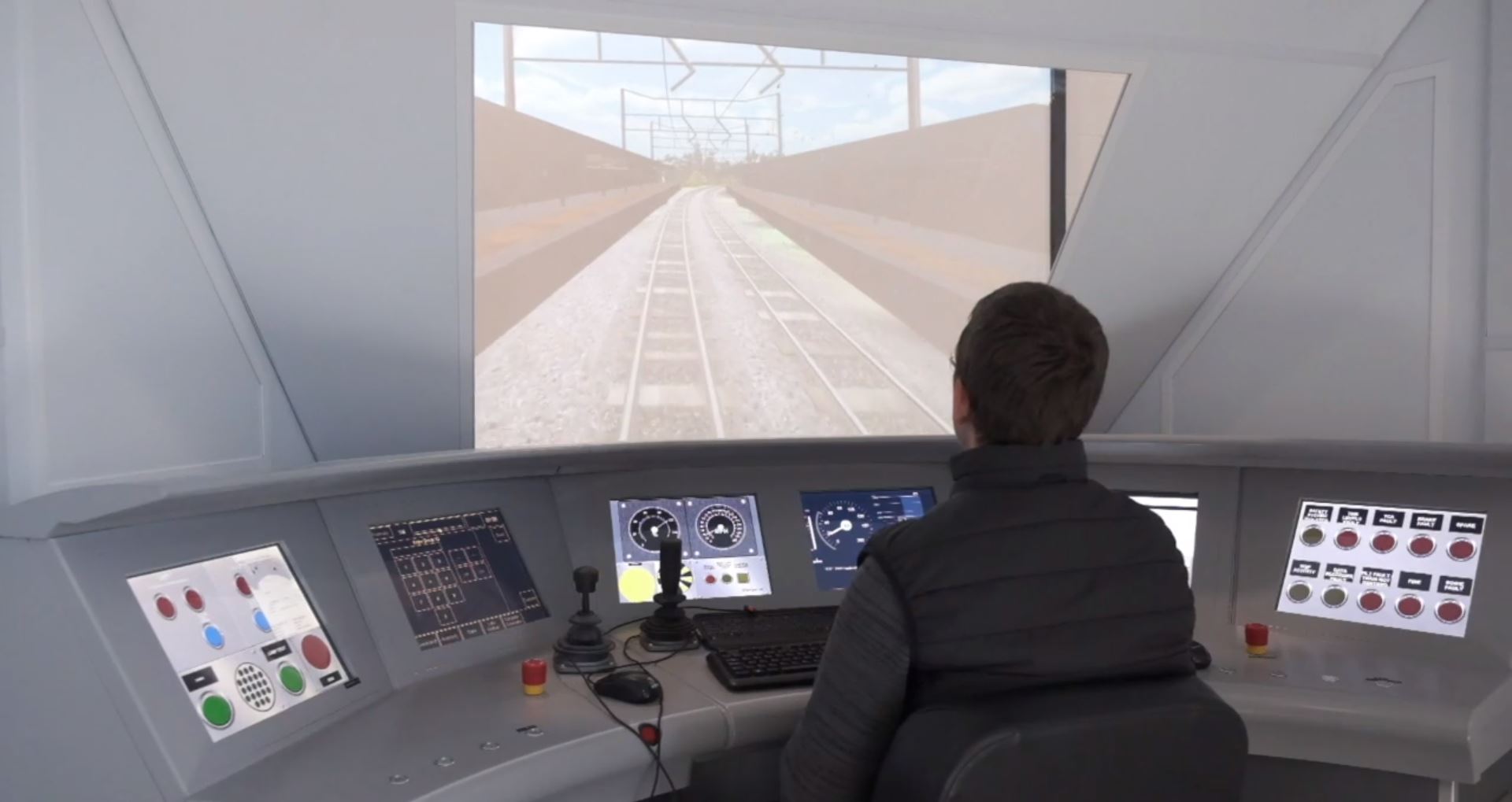
One great example of the former is from the University of Birmingham, who use a full-scale replica cab of a Siemens Class 700 train, donated by the company, to simulate operating a train on the network. The team can replicate the conditions of the Moorgate tunnel, to test the full system, including passenger information, signalling and door systems, which is in operation on the actual line, for example.
[Pictured right: University of Birmingham’s Siemens Class 700 cab with RIA’s very own Sam Bemment driving the simulator. He has admitted that he managed to miss the platform when trying to stop at a station… Don’t give up the day job Sam!]
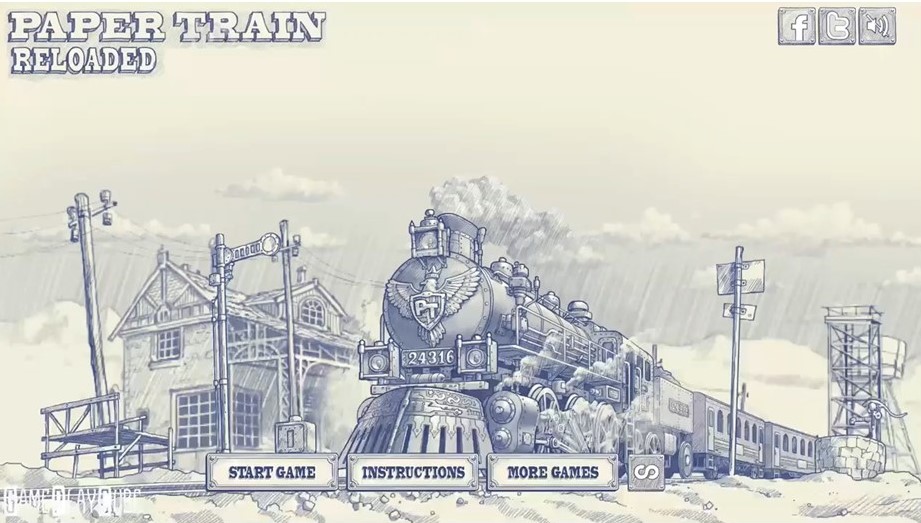
And an interesting example of the latter is the
National College for Advanced Transport and Infrastructure (NCATI) who, alongside a range of more complex technologies, use ‘gamification’ to help instruct young students. In a recent presentation, NCATI’s Nick Rodney explained they use simple games such as Paper Train or Train Station Simulator to help students understand the behaviour of signalling and rolling stock and timetabling requirements.
I have to say this sounds a lot more interesting than most of the classes I have ever taken!
How that looks on a live rail project.

Given the challenges and prior failings identified, it is reassuring to hear that one of Britain’s most complex railway project is looking to learn the lessons from past projects.
At both the RIA Innovation Conference and recent Unlocking Innovation events, we heard from
High Speed 2 representatives on how they are adopting a whole systems approach. First, at the Conference, David White, HS2 Head of Asset Management and Strategic Planning, set out how they were using data more effectively to manage their assets and take a whole systems view of the project.
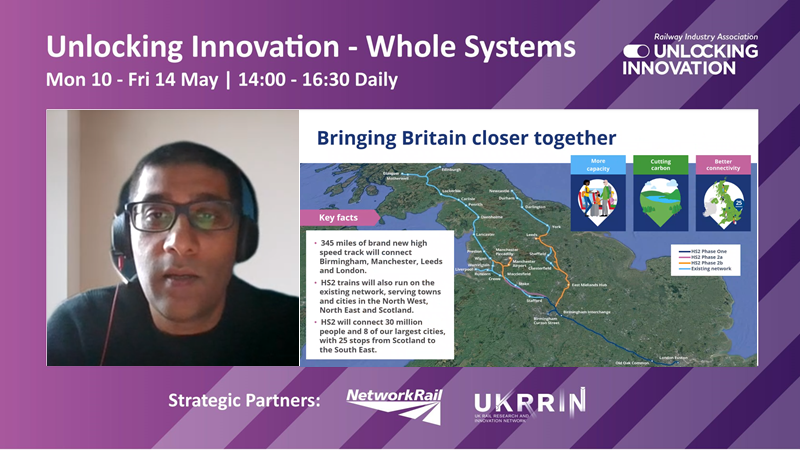
Going into more detail was Nassar Majothi, Head of Systems Integration at HS2, who presented during our UI events. He highlighted that systems integration is not by any means a new idea, with systems theory first appearing in Aristotle’s texts. The Apollo programme was when the modern approach to systems engineering was established.
On an interesting side note here, Apollo Astronaut Charlie Duke, made this exact point in an interview at the RIA Innovation Conference 2021 - explaining how the Apollo operators and builders worked together closely to deliver a very complex system.
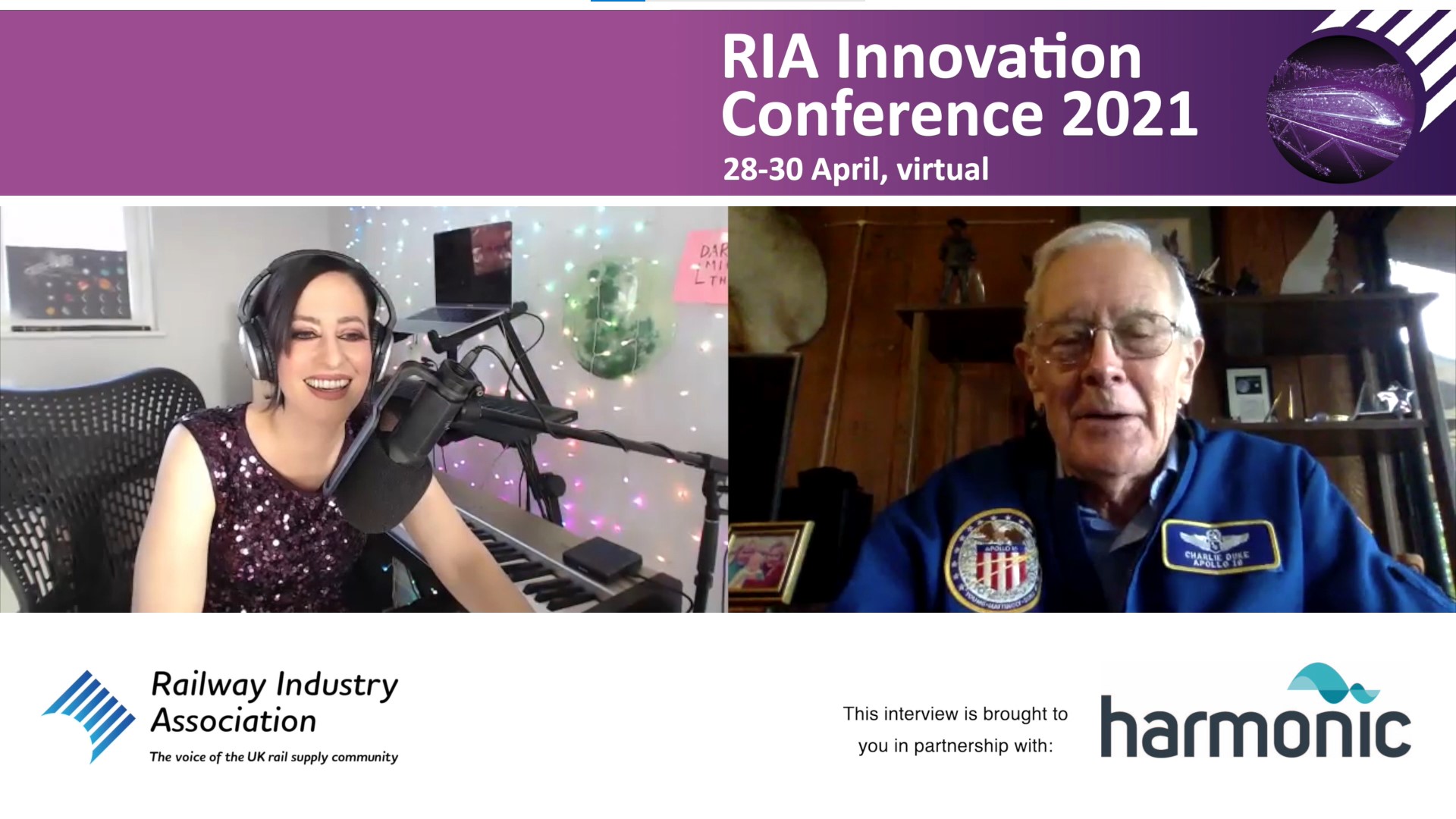
Nassar then went through the three lenses of system integration – first as technical leadership. This is about looking at the sub systems such as train, track, stations and tunnel and at key issues like human factors, safety and cyber security across these sub systems. “This is the domain of the system engineer.” The second lens is process control, where we look at the lifecycle of the scheme, such as standards and processes. In particular, we need to acknowledge that humans are not computers so need to think about how we interact with these systems. The final lens is system integration as enterprise capability, such as around contracts, the organisation, project management, supply chain, funding and many other areas.
According to Nassar, HS2 works as the Prime Systems Integrator, taking a progressive approach to carefully plan and track integration milestones. There is collaboration across all levels, he insisted, between Network Rail, HS2 and West Coast Partnership as well as with the wider supply chain.
This is a complex and very technical area, and so we have only had the chance to cover a fraction of the issues and ongoing projects in this Innovation of the Month. If you are interested in finding out more, you can catch up on the Unlocking Innovations sessions on our YouTube Channel
here.
And don’t miss our upcoming Unlocking Innovation event which will cover
Data-driven Maintenance on July 6-7th, which is due to feature in-person networking for the first time in over a year!